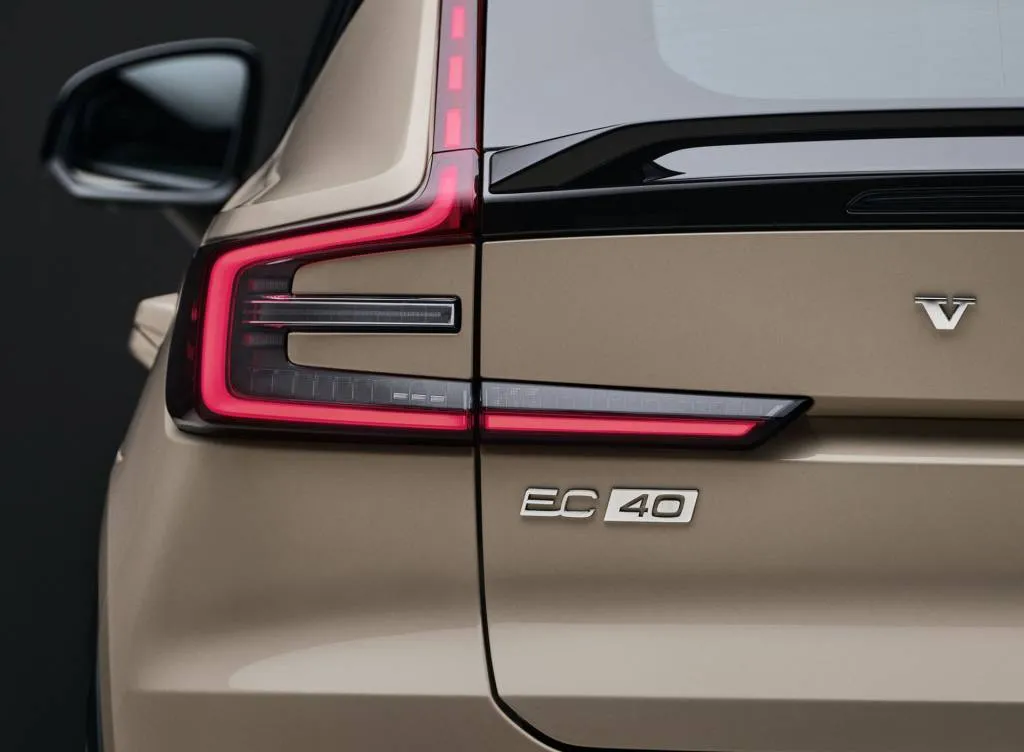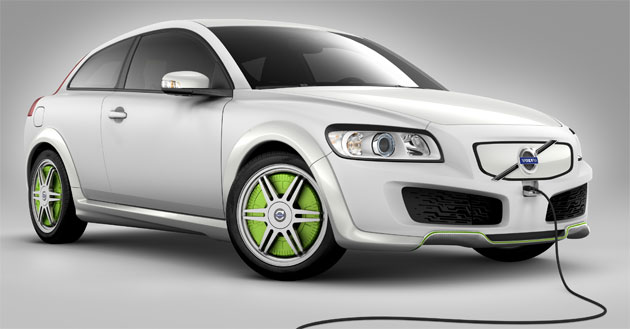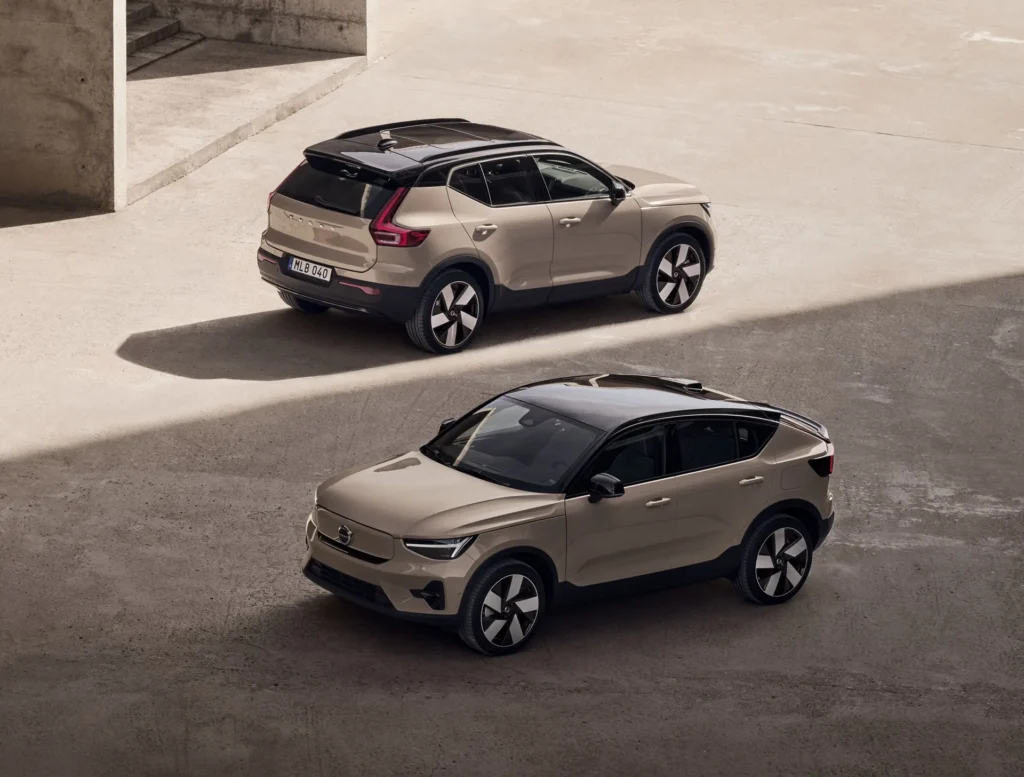The fully electric version of the XC40 SUV will now be called the EX40, while its somewhat lower-roof C40 Recharge counterpart will be called the EC40, Volvo revealed Tuesday as part of a new naming strategy for its EVs and plug-in hybrids.
Among Volvo EVs, EX calls out electric SUVs, like the upcoming EX30 and EX90, EC will be used for electric coupes (or coupe-like SUVs like the current EC40), and EM designates minivan models. Internationally, Volvo already has one of the latter—its big EM90 luxury electric minivan for China.

2025 Volvo EC40 (Europe spec)
Volvo just gave the XC40 Recharge and C40 Recharge their most significant overhaul since their late-2020 arrival. Most notably, the 2024 Volvo XC40 Recharge and C40 Recharge switched to rear-wheel-drive or rear-wheel-biased all-wheel drive—making them not only vastly more efficient but quicker and better-driving all around.
Although the Recharge name wasn’t new to Volvo, it introduced the badge to production models with the introduction of those EVs—and another Concept Recharge pure-EV “manifesto” revealed at the time it made clear it’s going all-electric by 2030. The brand at that time also started applying the badge to its plug-in hybrids, and at the time the rationale was that anything with a charge port would bear the Recharge badging.
With the update, Volvo has removed the Recharge badging from plug-in hybrid models. They’ll now be either T6 or T8, Volvo says, depending on power output—signifying that as Volvo pushes toward all-EV, plug-in hybrids are essentially the new normal for those who still need to fuel up some of the time.

Volvo ReCharge plug-in hybrid concept
As EVs became more commonplace, the Recharge badging may have been a little difficult to decipher quickly in some sales lots, as it was applied broadly across fully electric and plug-in hybrid models. Volvo hasn’t held back on plug-in hybrid sales volume in some states; two years ago it already reported that 77% of California sales had a charge port.
Green Car Reports has reached out to Volvo for details on when this change will happen for U.S.-market EVs, and whether it might be applied any differently for plug-in hybrids.

